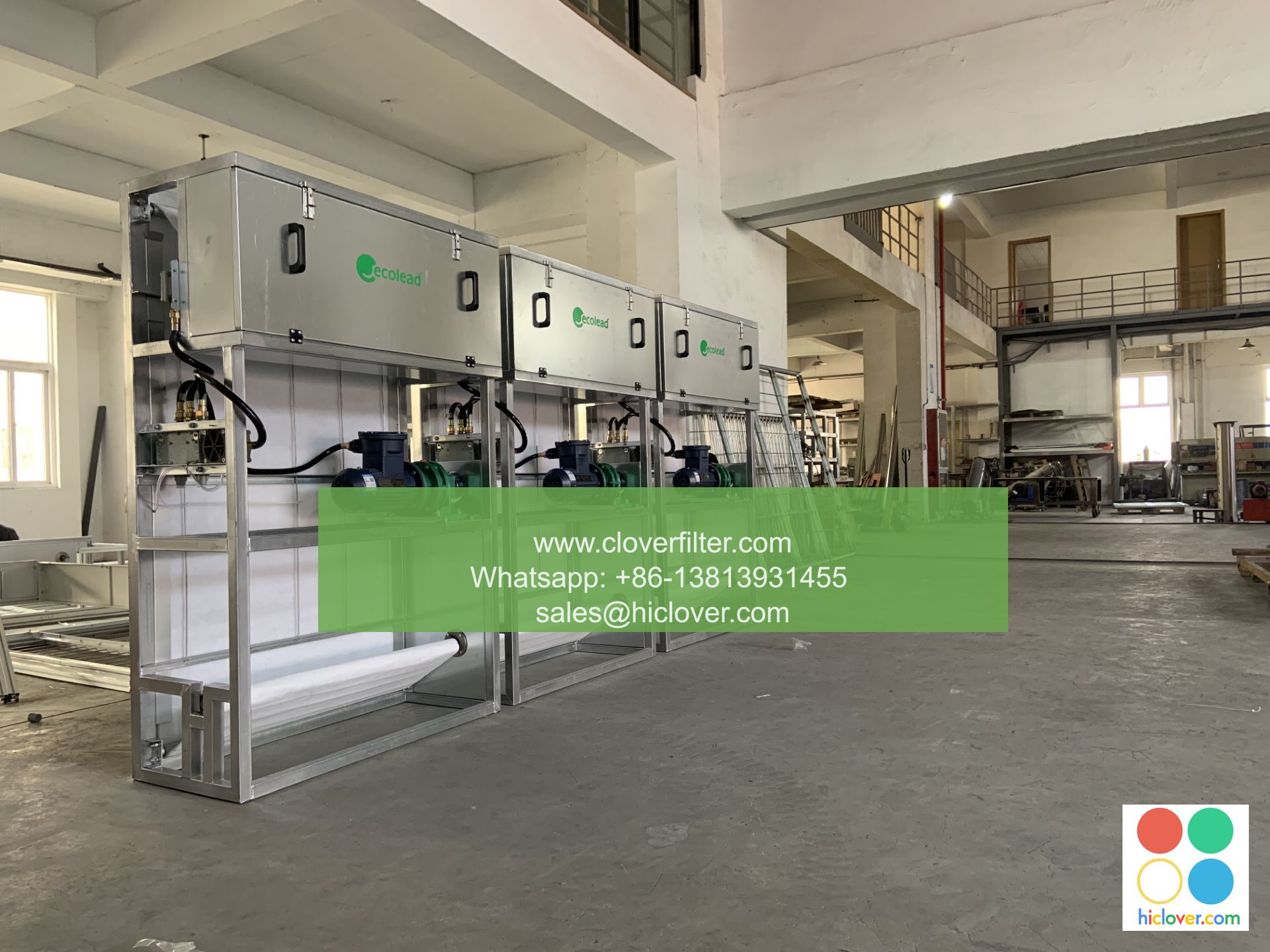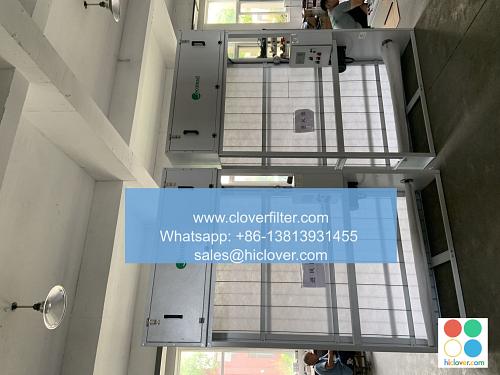The Future of HVAC System Design: Integrating Air Filters and Controls

The heating, ventilation, and air conditioning (HVAC) industry is undergoing a significant transformation, driven by the need for more efficient, sustainable, and healthy indoor environments. As building owners and operators strive to reduce energy consumption, minimize environmental impact, and improve occupant comfort and well-being, the integration of air filters and controls is becoming a critical component of smart building design and indoor air quality (IAQ) management. In this article, we will explore the future of HVAC system design, with a focus on the role of air filters and controls in creating high-performance buildings and healthy indoor environments.
The Importance of Air Filtration in HVAC Systems
Air filtration is a crucial aspect of HVAC system design, as it directly impacts the quality of indoor air and the health and comfort of building occupants. Air filters play a vital role in removing airborne pollutants, such as particulate matter, gases, and microorganisms, which can exacerbate respiratory problems, allergic reactions, and other health issues. By integrating high-efficiency air filters and advanced filtration systems, building owners and operators can significantly improve IAQ, reduce the risk of airborne infections, and create a healthier indoor environment.
Controls and Automation in HVAC Systems
The integration of controls and automation is another key aspect of modern HVAC system design. By leveraging Building Automation Systems (BAS), Building Management Systems (BMS), and other smart building technologies, building owners and operators can optimize HVAC system performance, reduce energy consumption, and improve occupant comfort. Advanced controls and analytics enable real-time monitoring and optimization of HVAC system operation, allowing for predictive maintenance, energy efficiency, and peak demand management.
Application Areas for Integrated Air Filters and Controls
The integration of air filters and controls has numerous application areas, including:
* Commercial buildings: Office buildings, shopping centers, and other commercial properties can benefit from integrated air filters and controls, which can improve IAQ, reduce energy consumption, and enhance occupant comfort and productivity.
* Healthcare facilities: Hospitals, clinics, and other healthcare facilities require high-levels of IAQ and infection control, making integrated air filters and controls a critical component of their HVAC system design.
* Industrial facilities: Manufacturing plants, warehouses, and other industrial facilities can benefit from integrated air filters and controls, which can improve IAQ, reduce energy consumption, and enhance equipment performance and longevity.
* Residential buildings: Single-family homes, apartments, and condominiums can also benefit from integrated air filters and controls, which can improve IAQ, reduce energy consumption, and enhance occupant comfort and well-being.
Emerging Trends and Technologies
Several emerging trends and technologies are shaping the future of HVAC system design, including:
* Internet of Things (IoT): The integration of IoT devices and sensors enables real-time monitoring and optimization of HVAC system operation, allowing for predictive maintenance, energy efficiency, and peak demand management.
* Artificial Intelligence (AI): AI and machine learning algorithms can be used to optimize HVAC system operation, predict energy demand, and detect potential issues before they occur.
* Big Data Analytics: The analysis of large datasets enables building owners and operators to identify trends, optimize system performance, and make data-driven decisions.
* Sustainable and Energy-Efficient Design: The integration of renewable energy systems, such as solar and wind power, and energy-efficient design strategies, such as passive house design and net-zero energy building, is becoming increasingly important in modern HVAC system design.
Conclusion
The future of HVAC system design is focused on creating high-performance buildings and healthy indoor environments, through the integration of air filters and controls. By leveraging emerging trends and technologies, such as IoT, AI, big data analytics, and sustainable design strategies, building owners and operators can optimize HVAC system performance, reduce energy consumption, and improve occupant comfort and well-being. As the HVAC industry continues to evolve, the importance of air filtration and controls will only continue to grow, driving innovation and excellence in smart building design and indoor air quality management. Prompt

